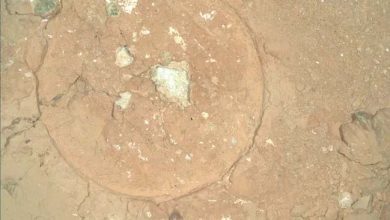Astronomers discovered 7 new ‘dark comets’, but they are actually…
Science: Scientists have discovered seven more “dark comets,” and analysis of the discovery suggests that these mysterious comets are divided into two distinct families, deepening the mystery of why these objects look like asteroids but behave like comets. Recently, the dividing line between asteroids and comets has become blurred. There are “main-belt comets,” also called active asteroids, which are comet-like bodies with the properties of asteroids. Then there are dark comets, which are the opposite: asteroids that have some of the characteristics of comets.
As their name suggests, main-belt comets reside in the main asteroid belt between Mars and Jupiter. But they develop tails just like comets, while dark comets have no tails but move like comets, in the sense that they exhibit non-gravitational acceleration. In other words, a force other than gravity is acting on their motion, changing their trajectory. For a normal comet, this other force is the thrust generated by the ice that turns into vapor on their surface when they approach the sun’s heat and is ejected into space, releasing the dust that forms their iconic tails.
Yet, dark comets have no tails. “When you see a disturbance like this on a celestial object, it usually means that it’s a comet that has volatile material ejected from its surface that’s giving it a little thrust,” Davide Farnocchia of NASA’s Jet Propulsion Laboratory in Southern California said in a statement. “But as hard as we tried, we couldn’t find any signs of a comet tail.”
We’ve seen this mysterious motion before. In 2017, the interstellar object 1I/’Oumuamua passed through the inner solar system before heading back toward interstellar space. In doing so, its trajectory changed from the direction that gravity alone had planned for it – ‘Oumuamua was getting an extra push from somewhere.
Although no tail or gas was found to be emitting from ‘Oumuamua, continuing its mystery, ‘Oumuamua’s behavior bore a remarkable similarity to another object that was found behaving strangely just a year earlier.





